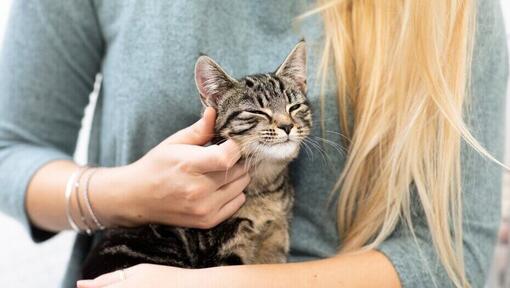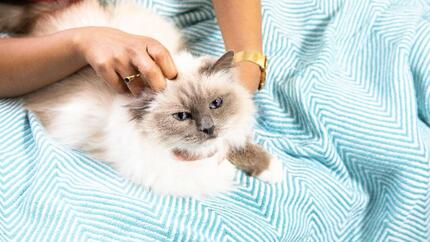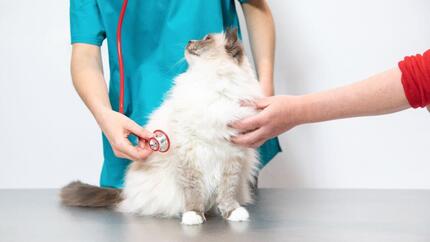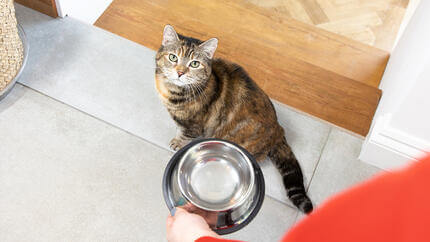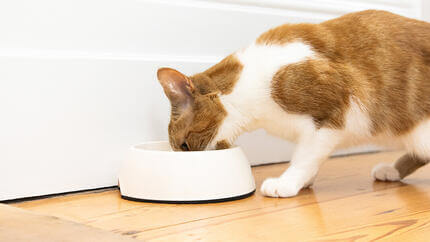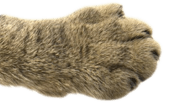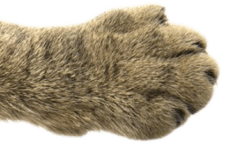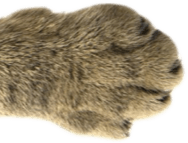Kedilerde Böbrek Yetmezliği: Belirtileri ve Destekleyici Bakım


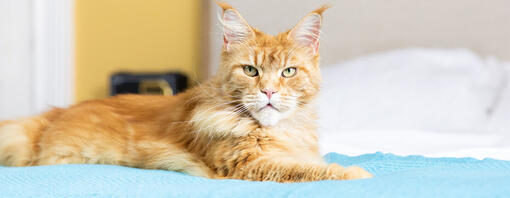
İnsanlarda olduğu gibi kedilerde de, böbrek, çok çeşitli önemli bedensel etkileri olan hayati bir organdır;
- Atık maddeleri kandan süzmek (idrardan atılmak üzere)
- Vücut minerallerini ve kan basıncını düzenlemek
- Hayati hormonların üretilmesi
- kedilerde böbrek yetmezliği, özellikle de genellikle hastalığın kronik formundan muzdarip olan yaşlı kedilerde çok yaygındır
Farklı böbrek yetmezliği türleri
Akut kedilerde böbrek yetmezliği böbreklerin düzgün bir şekilde çalışamamasıdır. Kedilerde enfeksiyona ya da toksinlerin yutulmasına neden olabilir. Bazen tersine çevrilebilir, ancak her durumda değil.
Kronik kedilerde böbrek yetmezliği, aylar ve yıllar arasında uzun bir zaman diliminde ortaya çıkar. Nedenleri enfeksiyonlardan tümörlere kadar değişebilir, ancak genellikle nedeni bilinmemektedir. Kronik kedilerde böbrek yetmezliği tanısı konulduğunda, geri dönüşümsüzdür. Neyse ki, hastalığın ilerlemesini yavaşlatan ve semptomları hafifleten tedaviler var.
Kronik böbrek yetmezliği nasıl gelişir?
Erken dönemlerde, böbreğin sağlıklı bölgeleri iş yüklerini alarak hasarlı alanları telafi eder. Bununla birlikte, hastalık ilerledikçe, daha fazla işlevsellik alanları kaybolur ve kalan sağlıklı alanlar, genel kayıpları telafi edemez. Bu olduğunda, kediniz böbrek yetmezliği belirtileri gösterecektir.
Kronik kedilerde böbrek yetmezliği ilerleyici bir rahatsızlıktır ve birçok kedi, işi yapan böbreğin parçalarının kademeli olarak bozulmasından dolayı yaşlandıkça bir dereceye kadar hata yaparlar. Bu Durum genellikle hastalıkların ilerlemesini yavaşlatmak ve kedinizin durumuna rağmen daha iyi hissetmesine yardımcı olmak için sıvıları, özel diyetleri ve ilaçları kullanarak yönetilir.
Dikkat edilmesi gereken işaretler
Aşırı idrara çıkma: hastalık idrarı konsantre etme kabiliyetini etkileyebilir, kediler çok miktarda seyreltilmiş idrar üretebilir. Bu, kedilerin kaybedilen sıvıyı değiştirmek için daha fazla su içmesini sağlar.
Kötü iştah ve uyuşukluk: Bu, normalde idrarda atılan toksinlerin vücutta biriktiğinin bir işaretidir. Bu da kusmaya, öğürmeye ve kötü nefese yol açabilir.
Veterineriniz tarafından teşhis
Kedinizin böbrek hastalığı olduğundan şüpheleniyorsanız veterinerinize danışın. Veterineriniz idrar örneğini test etmek ve ayrıca bir kan testi yapmak isteyecektir. Eğer kedinize böbrek hastalığı teşhisi konursa, tedavi genellikle diyet kontrolü veya ilaç tedavisinden (veya her ikisinin de hastalığın şiddetine bağlı olarak) oluşur.
Diyet nasıl yardımcı olabilir
Özel bir diyetin kedilerde böbrek yetmezliği ve yavaş hastalık progresyonu belirtilerini azalttığı kanıtlanmıştır. Bu nedenle, kedilerde kronik böbrek hastalığının yönetimi için beslenme genellikle anahtardır. Veterineriniz PURINA® PRO PLAN® VETERINARY DIETS Feline NF St / Ox Renal Function gibi bilimsel olarak formüle edilmiş bir diyete geçmenizi tavsiye edebilir.

Pro Plan Vet Diets tarafından yazılan diğer makaleler:


